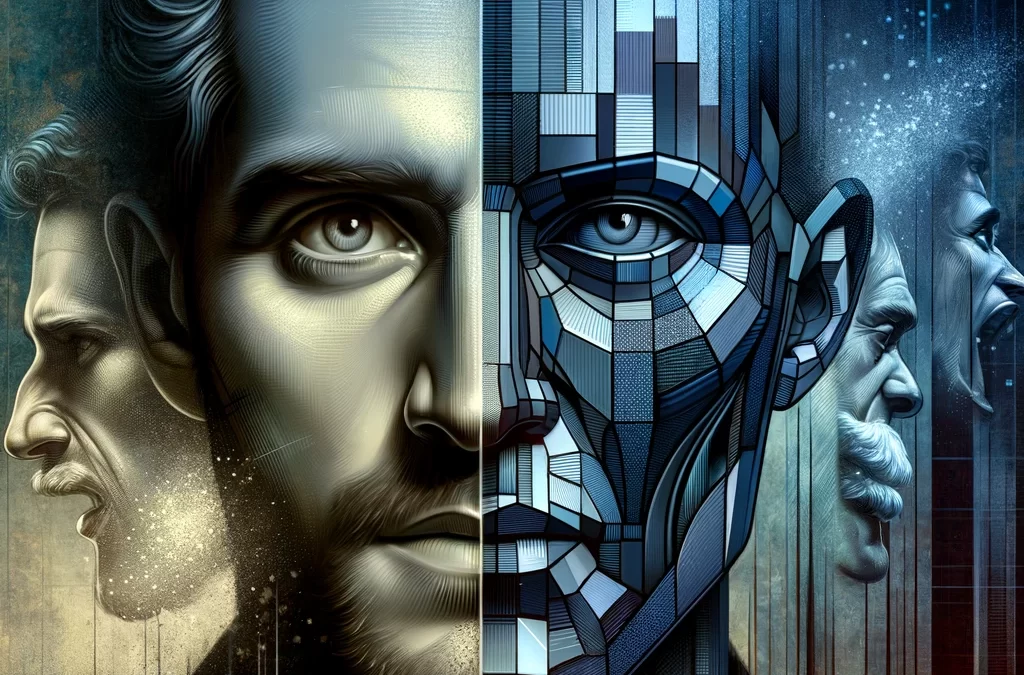Method acting is a technique where actors fully immerse themselves into their characters, often employing their own emotional experiences to bring authenticity to the role.
- Historical Background: Developed from the techniques of Konstantin Stanislavski, method acting was further refined by Lee Strasberg. It became popular in the 20th century, revolutionizing acting in both theater and film.
- The Core Principle: Method acting is based on the idea that actors should not just portray, but ‘become’ their characters. This means experiencing their emotions, thoughts, and motivations as if they were their own.
- Techniques Involved: Key aspects include affective memory (using personal experiences to evoke emotions), sense memory (using the senses to relive experiences), and deep observation of the character’s behavior.
- Physical and Emotional Transformation: Actors often undergo significant changes in appearance, voice, and mannerisms. This transformation can be both physically and emotionally demanding.
- Famous Method Actors: Actors like Marlon Brando, Daniel Day-Lewis, and Meryl Streep are known for their commitment to this approach, often delivering performances that are considered deeply authentic and compelling.
- Criticism and Controversy: While praised for its effectiveness, method acting is sometimes criticized for its intensity and potential impact on an actor’s mental and physical well-being.
- Its Place in Modern Acting: Method acting remains a vital part of actor training, influencing various acting schools and techniques around the world.
Method acting is more than just an acting technique; it’s a commitment to truth in artistry, demanding a level of dedication that has led to some of the most memorable performances in film history.

